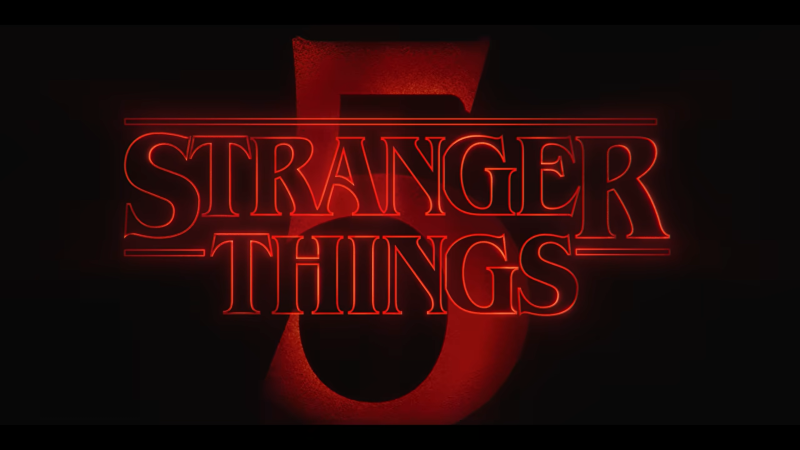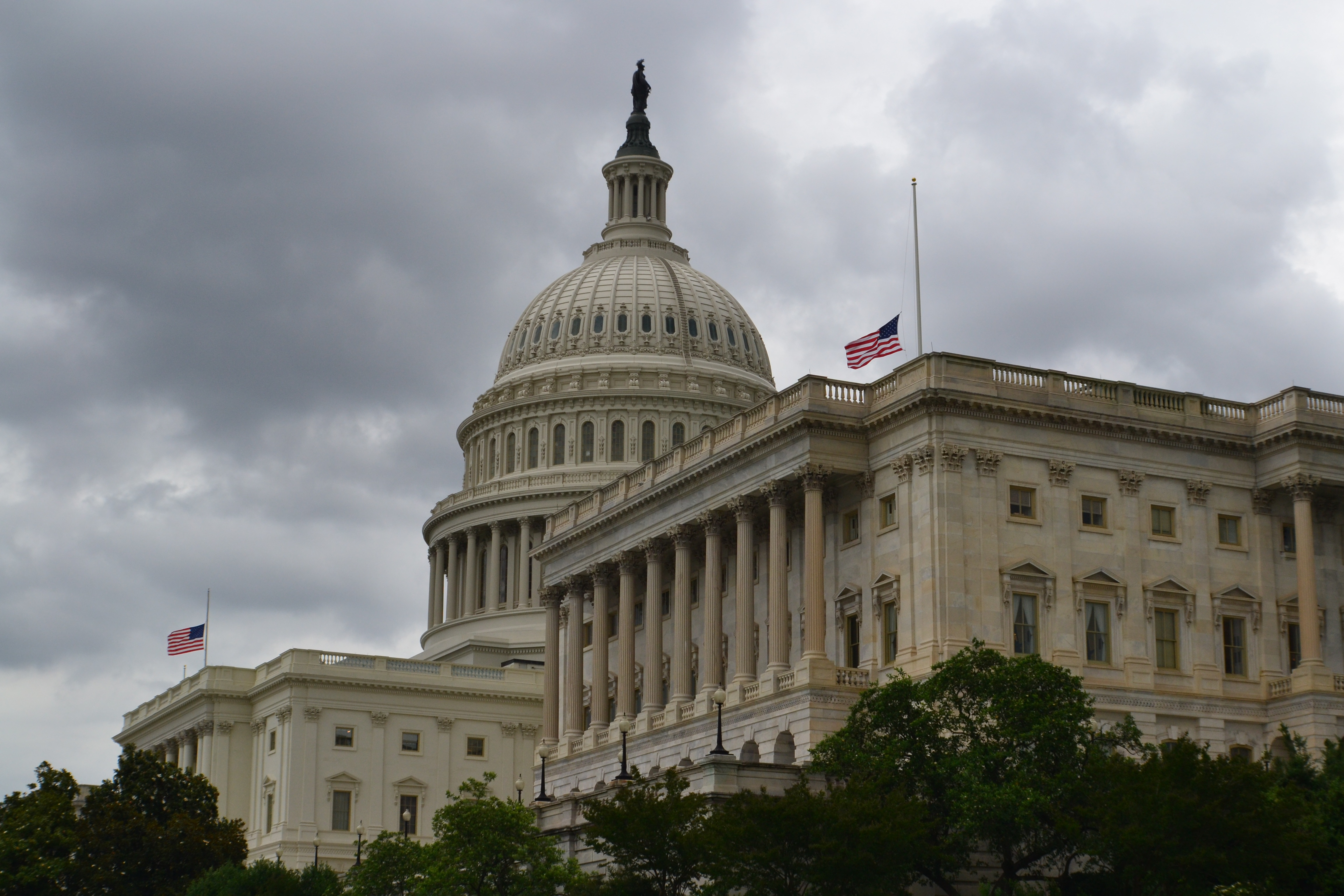Daughters in the Draft?
Sign up for a six month free
trial of The Stand Magazine!
I’m thankful to have gone from boyhood to manhood largely in peacetime.
I still remember going to the post office in Denham Springs, Louisiana on my 18th birthday and filling out a card that let the government know I was ready for my name to be called in a draft I hoped would never come.
It didn’t.
But world events change, leaders change, and sometimes what hasn’t been a reality for years sounds good in a committee meeting.
A few people get on board, and suddenly a new law is on the books. Or an old law repurposed to meet modern challenges.
That’s how quickly compulsory military service could return to the United States.
Clearly, there’s a buzz for a draft comeback on Capitol Hill.
The House version of the National Defense Authorization Act, the annual military spending bill, includes an automatic draft for all males.
These guys just burst right through the niceties of a legally binding call for young men 18 and above to register at their post offices or tying Selective Service registration to driver’s licenses and federal student aid.
Forget all that. If there’s a record of your existence and you have a pulse, you’re in.
The Senate, in one proposed measure of the NDAA, still wants your sons and grandsons to register, but it wants your young ladies too.
It has the same goal as the House – doing something to restore dangerously low numbers of troops – just in a very different manner.
The U.S. is having trouble attracting volunteers.
“There’s no question about that,” Tom Kilgannon, the president of Freedom Alliance, a military and veterans assistance and support group, told Washington Watch host Tony Perkins this week.
Pew Research Center data shows that only 23% of young people are qualified for military service, and a majority of Americans aged 18-29 have a negative view of the armed forces.
Age-appropriate candidates could be unqualified for service based on obesity, mental or physical health issues, the absence of a high school diploma, or the presence of a criminal record.
The Army and Navy both fell short of recruiting goals in 2022 then did so again in 2023. Across all branches the shortfall of recruits hit 41,000, government data shows.
The numbers have some questioning whether it’s time to reinstate required military service.
Why the recruitment struggles?
“In his first month as Secretary of Defense, Lloyd Austin committed what I think is, is one of the worst acts of malpractice that any Secretary of Defense has ever done when he claimed that the entirety of the Defense Department, all the military, were extremists,” Kilgannon said.
Days into his new role as Joe Biden’s top defense employee, Austin ordered all military commands to review and reinforce regulations barring extremist activity.
The move came after a number of military personnel joined the side of pro-Trump demonstrators at the Capitol on Jan. 6., 2021.
The move set off a discussion as to how to define extremism. Might there be Left-wing extremists in the military as well?
Friendly fire attacks by the Department of Defense on opposing viewpoints aren’t the only recruiting problem, probably not even the biggest.
There’s also the push of the Biden administration to turn the military into its social engineering playground.
Soon after its publicized effort to root out the questionable threat of right-wing extremism within the ranks, the DOD revised its position on transgenders.
Discrimination on the basis of gender identification is prohibited. Any individual is eligible for military service regardless of gender identity.
The Pentagon was in the practice of allowing drag shows at military facilities until bowing to increasing pressure from Republican lawmakers.
There’s data to suggest that the welcoming environment for the gender confused is having the DOD’s desired effect.
A Military Times poll just before the 2020 election found 43.1% of active-duty personnel said they would vote for Joe Biden compared to 37.4% who said they would vote for Donald Trump.
Trump did better with the older crowd as almost 60% of veterans sided with him in 2020.
If current DOD policies continue, the number of conservative-leaning military personnel may dwindle further.
Maybe then the idea of women in the draft wouldn’t seem so shocking.
Now, women in the draft doesn’t mean women in combat units, but there’s a trust factor involved. Do you trust the government to make decisions to keep your daughters safe?
Drafting daughters opens the door, and the slope is slippery.
Right now, thankfully, a lot of Americans are shocked.
Forget the debate of whether women could hold their own physically with the grind of military service or whether women, emotionally different than men, could be counted on to squeeze the trigger and kill enemy troops if called upon.
Forget those very real concerns.
Kilgannon said female enlistment rates have remained somewhat steady for the last five years, but “woke” military policies have been another factor in the decreasing numbers for young males.
“You have the woke policies, the social indoctrination in the military, and it’s causing real problems. Now one of the things I want to make clear is that we’re all about voluntary service, but what young women need to understand is that this provision we’re talking about has nothing to do with them going down to the recruiter’s office and making an informed voluntary decision to serve their country,” Kilgannon said.
No, what the Senate committee proposes is not a request.
Young ladies, who may not even be aware of their draft-eligible status, could be thrust into compulsory service in hot spots around the world.
“This is the federal government saying, ‘We’re going to require that you serve your country'” Kilgannon said. “If this goes through, they lose their voice, they lose their choice. Young women will no longer be vessels for new life. They will be instruments of war, and that’s not the way our society has typically adjudicated this issue.”

Sign up for a free six-month trial of
The Stand Magazine!
Sign up for free to receive notable blogs delivered to your email weekly.



















